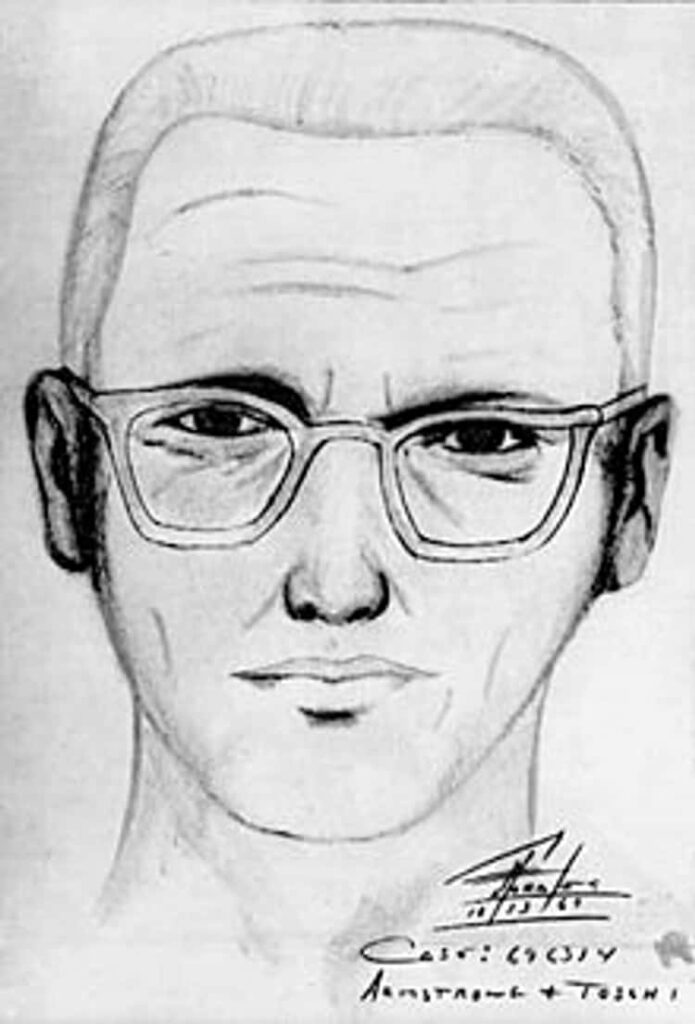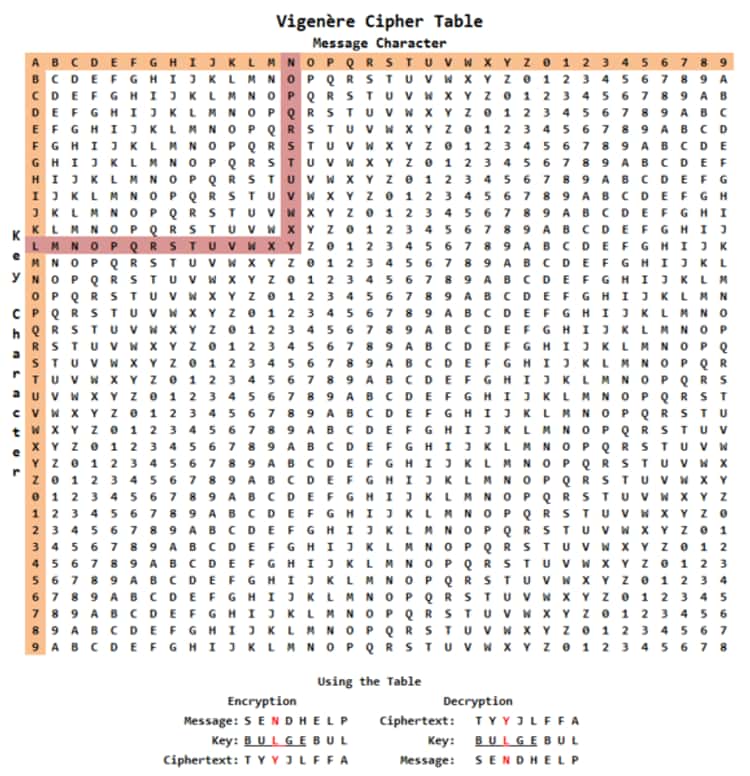For all of history, humans have enjoyed a good puzzle. Puzzles, codes, and ciphers have been found almost everywhere, from second-century Egypt to the 17th-century letters between King Charles I and Queen Henrietta-Maria. Still today, crossword puzzles, Rubik’s cubes, and Sudoku all remain enjoyable ways to pass the time.
But not all puzzles are simply meant for fun and leisure. Ciphers and codes are, of course, also a great way to keep a secret, such as where one buried some hidden treasure. A well-crafted code can also inform your own military of certain movements and plans, and without revealing that information to an enemy. Many of the strongest ciphers and codes endured for decades or even centuries before finally being cracked. The following codes were called impossible, even unbreakable – until the right people came along.
9. The Cracking Of The Voynich Manuscript Revealed The Contents Of A Plagiarized Guide To Women’s Health

The Voynich Manuscript was first discovered in 1912. Ever since then, it had been a mystery that perplexed and intrigued researchers throughout the world. Full of pictures of unclothed women, zodiac signs, and unknown plants, most everyone who attempted to crack the 15th-century code remained stumped. That was until 2017, when Nicholas Gibbs was commissioned to take a look at the manuscript, which had been digitized by the Beinecke Library at Yale.
Scrutinizing the digitized text, Gibbs, who was an expert in medieval Latin, began to recognize clues. He realized that the seemingly nonsensical text was actually abbreviations of Latin words. The words were abbreviations for medical terms, which led Gibbs to believe that the mysterious images were depictions of medical treatments. This also helped explain the use of zodiac symbols and unrecognized plants.
After putting it all together, Gibbs realized that the Voynich Manuscript was a textbook of women’s health, much of it plagiarized from similar texts of the period and then likely tailored for one particular client.
8. Cryptographers To Decode A Rumored Plot Against King Charles V

In the 16th century, Spain and France were major rivals, and political tensions between the two powers erupted into a series of conflicts known as the Italian Wars (AKA the Habsburg-Valois Wars). During this era, Charles V was both the Holy Roman emperor and the king of Spain, a powerful monarch with one eye constantly looking out for his French nemesis, Francis I. In 1547, France and Spain were nominally at peace, but that didn’t stop Charles V from trading secret messages with his French ambassador, Jean de Saint-Mauris.
Some of these secret letters, written in a “mysterious and utterly incomprehensible” code, were preserved but unreadable for hundreds of years. Cryptographer Cécile Pierrot, along with a team of researchers, was finally able to crack this code in 2022.
The first deciphered letter revealed an alleged plot against the life of Charles V – a plot with few solid details but enough to give the monarch cause for concern. One of the researchers, historian Camille Desenclos, told the Guardian it’s “rare… to manage to read a letter that no one had managed to read for five centuries.”
Now that they have the key to Charles’s code, researchers plan to decipher further letters between he and his French ambassador.
7. Breaking The 300-Year-Old Copiale Cipher Revealed The Rituals Of A Secret Society
Containing traditional Roman letters as well as unique symbols, the Copiale Cipher earned its name from one of the few plain text words found on the cipher: copiale. The cipher dates back to around 1770 and was written on green and gold brocade paper. The cipher was hidden in the East Berlin Academy until after the Cold War.
An international team of researchers transcribed the text into a version that could be read by a machine. These researchers tried to decode the cipher with the letters from 80 different languages, with no luck. They then realized that the Roman characters in the cipher meant nothing and were simply included to confuse possible codebreakers. They then discovered that the shapes of the symbols held a major key to decoding the text – similar shapes represented the same letter or group of letters.
This discovery led the researchers to discern that the coded text was German. Once the code was cracked, it became clear that the text belonged to a secret society that called itself the “Oculist Order.” The group had a fascination with eyes and eye surgery, and the Copiale cipher revealed the political goals and secret rituals of the society, such as an initiation ceremony that required the prospect to put on glasses and read a blank page.
6. It Took More Than A Century For Puzzlers To Solve Edgar Allan Poe’s 1839 Challenge

Always a lover of puzzles, Edgar Allan Poe challenged his readers to solve ciphers allegedly sent to him by a Mr. W.B. Tyler. It wasn’t until 1992 that somebody solved one of the two ciphers published in 1839. In 1992, Associate Professor Terence Whalen of the University of Illinois, Chicago, discovered that the cipher’s code was the text of the 1713 play Cato. Another professor, Professor Shawn Rosenheim at Williams College, was convinced that both of the ciphers were actually written by Poe as a final challenge to his readers.
Encouraged by Whalen’s success and convinced that the second cipher would prove his theory correct, Rosenheim offered up a prize of $2,500 to anyone who could crack the second code. A website was even built to advertise the challenge.
In 2000, Rosenheim and his team finally had a winner. Gil Broza, a 27-year-old from Toronto, correctly guessed that the cipher was a polyalphabetic cipher. Once he knew this and addressed various errors in the original typeset of the code, Broza solved the challenge. Unfortunately, the deciphered text is slightly garbled and provides no hints of who the original author was or why Poe so cared to publish this particular cipher.
5. The Zodiac Killer’s Cryptogram Remained A Mystery Until December 2020

In the late 1960s, the Zodiac Killer terrorized the greater San Francisco Bay Area of California. The identity of the Zodiac Killer and the final tally of his victims is still not known, but one part of the case has finally been solved. The case was notable for the letters that the killer would send to local news outlets as well as live on-air phone calls he would make.
After slaying his last (known) victims, the Zodiac sent a cryptogram to The San Francisco Chronicle. The coded puzzle contained 340 characters. The FBI, as well as amateur code-breakers, worked on cracking the code for 50 years. In December 2020, an international team finally succeeded. After realizing it was a transposition cipher, the team simply needed to discover the rules used in the cipher that determined the reorganization of the letters. They then created a software app to help them finish solving the puzzle.
Although the cracked code has been confirmed by the FBI as authentic, it does nothing else to reveal any information about Zodiac’s potential identity.
4. The Vigenere Cipher Was Considered Unbreakable Before Charles Babbage And Freidrich Kasiski Cracked It

For nearly 300 years, the Vigenere Cipher was considered to be unbreakable by everyone who knew about it. The puzzle uses a combination of 26 different cipher alphabets. Created in 1553, the cipher was cracked in 1854 by Charles Babbage, a British cryptographer.
Babbage seemed to possess a unique blend of intuition and smarts that allowed him to break the code. He noticed how repetitions in the cipher also translated to repetitions in plain text. Additionally, the space between these repetitions revealed the length of the keyword. However, he never published his work and so the code continued to be considered unbreakable.
Fifty years later, Friedrich Kasiski cracked the code and published his work using the same technique as Babbage (although this wasn’t known until Babbage’s work was finally published later). The method used by both is now referred to as the “Kasiski examination.”
3. Genevieve Grotjan Broke The Japanese ‘Purple’ Code After The British Gave Up Trying

Genevieve Grotjan received her bachelor’s degree in math and, during WWII, was working in payroll for the government. She was recruited by William Friedman, a cryptanalyst who had a team working on breaking the Japanese “Purple” code. Friedman’s team had been working on the task for months with little progress. The British had already given up on trying to crack the code.
On September 20, 1940, Grotjan discovered a pattern that would lead to the deciphering of the Purple code. Looking at the encrypted messages, Grotjan noted certain repetitions and cycles that others had missed. When she brought the discovery to the attention of her supervisor, Frank Rowlett, it’s been said that he exclaimed, “That’s it! That’s it! Gene has found what we’ve been looking for!”
2. Deciphering The 3,000-Year-Old Linear B Changed The Study Of Greek History

In 1878, excavations in Greece undertaken by Minos Kalokairinos revealed a variety of scripts on tablets. One of those scripts was termed Linear B. When it was discovered on the island of Crete, nobody could read it – or even quite knew what language it was. Various scholars tried their hand at deciphering the code, and while progress was made, the code wasn’t cracked until Michael Ventris came along in the 1950s.
Earlier scholars helped Ventris by classifying the signs of Linear B, and by the construction of a grid showing various relationships between signs. Writing out a variety of grids and using statistical analysis – and some educated guesses – Ventris finally cracked the code.
He shared his results with John Chadwick, a philologist at Cambridge, who helped confirm the decipher. The two worked together to publish the findings in 1953.
1. Alan Turing Helped Cracked Codes During WWII

Alan Turing was a British mathematician who single-handedly changed the course of history. In September 1939, he took up residence at the headquarters of the British codebreaking team at Bletchley Park. His foe was not just Germany, but Germany’s cipher machine called Enigma.
He fought technology with technology and created his own codebreaking machines, which he referred to as various versions of the Bombe. These machines would decipher codes that revealed positions of the dreaded U-boats. In addition, Turing’s Bombes would deliver into the hands of the Allies messages sent directly from Hitler.
Even as Germany advanced their encrypting machines, Turing kept up. Polish researchers like Marian Rejewski understood the answer to the code wasn’t in linguistics, as the British initially suspected, but in mathematics. Turing was essential in adapting the work of Polish codebreakers like Rejewski, working from research they supplied the British.
Deciphering the German codes prevented countless attacks by U-boats (thereby preserving life and crucial supplies), and arguably shortened the length of the war. The BBC estimates that some 14 million more soldiers may have perished during WWII had Enigma not been cracked.
